UPDATED REVIEW – Feb 13, 2012 – Not Recommended – Suzuki HDP. M22, SW27, C11, R21 digital pianos. The Suzuki digital piano brand has been around for quite a few years now. They are a well known name in that they are famous for the Suzuki violin and piano teaching methods as well as producing motorcycles, cars, and other consumer products (completely different companies). They also offer acoustic upright and grand pianos too under that brand name. Hyundai (another vehicle manufacturer), which is known for it’s automobiles and gigantic ocean shipping tankers. also produces acoustic pianos and owns the Kurzweil digital piano company. So many of these big name Asian companies are very diversified and some know what they’re doing in many areas of their product lines and services and some do not.
In my opinion it does not matter where a piano is made and who makes it, as long as it is a good quality instrument which closely (as much as possible) performs like a real acoustic upright or grand piano, has good construction, useful features, and is reliable. I have played the new lineup of Suzuki digital pianos and put them through their paces. The most important things necessary in digital pianos is key action feel, tone quality & velocity response, proper damper pedal movement with sustain & half damper response, and finally the piano construction. The Suzuki’s do look like quality digital pianos on the outside including a fairly attractive cabinet, and the physical key movement goes up and down just fine, so the first impression is you would not expect any big deficiencies in the piano. However, you may be surprised to learn that in my opinion, when it comes to piano tone resonance, velocity key response, and damper pedal realism, the Suzuki HDP digital piano falls very flat.
Just so you know, the Suzuki company produces the HDP piano – $899.99 internet discount (above left pic) under four other model names including the M22, SW27, C11, and R21. The HDP model designation is marketed and sold by Costco on-line, Sams Club, and a few other on-line sites, and the other identical models are available at different retailers depending on who they are. However, all models are identical in their specifications and appearance. Suzuki does this to give an advantage to certain on-line & consumer and piano stores so they can have an “exclusive model number” for themselves. But all model numbers play and sound the same.
As a piano teacher, musician, and digital piano adviser for many years, I know what is needed in a piano so that it performs properly. It is true that in lower price ranges such as this HDP, you can only expect so much. But there needs to be at a minimum, a certain level of good piano tone, piano response, and piano touch reproduction so the player can reproduce the piano music without forming bad habits or trying to compensate for noticeable deficiencies in the instrument. Getting into bad playing habits (technique, velocity & touch response, and pedaling) is something that one must avoid if at all possible.
Good velocity (volume) key response means that the volume of the piano sound plays evenly and gets progressively louder or softer depending on how hard you push on the keys. After playing these pianos I noticed the Suzuki HDP has a problem in this area. The response is very uneven and jumps up and down in volume when playing the keys instead of smoothly changing volume in smaller degrees as good acoustic pianos do. Simply put, this would likely be due to lack of good electronics/key sensors in the piano. Suzuki uses the same key action and basic electronics in all their pianos up and down the line including their digital baby grands so the results are unfortunately the same in all models.
The resonance of the piano tone is very shallow and short when holding down the damper pedal especially with the sustain on the upper half of the piano keys. And to add to that problem, the damper pedal (right pedal) which is used very often for sustaining (holding) the note for a while after you release the key, does not function as it should. On an acoustic piano, when you press the damper sustain pedal (right pedal) down to get full sustain, the sustain is supposed to gradually and progressively let off as the pedal comes back up, and not just immediately stop as the pedal starts going back up. In the digital piano world, the proper pedal function is called “half-damper.” Yamaha, Casio, Roland, Kawai, and a couple other brand names have this feature but Suzuki does not. Suzuki only has sustain “on or off” and that is definitely a problem in my opinion, especially for the piano student or player. You’ll notice that Suzuki does not mention the word “half-damper” on any of their on-line literature or product specifications and the reason for that is they don’t have it. If they did, they would mention it because it’s a really big deal. The reason they don’t have it in my opinion is that it saves them money to leave it out.
My favorite saying is that “you cannot judge a book by its cover” and that’s true for pianos. The Suzuki digital pianos overall look attractive (most of the cabinets that are in the basic dark rosewood color also come in polished ebony for more money) and sound OK (nothing great compared to the other brands) and can even be price competitive for what they “seem to offer,” but the reality is they do not come close to playing at all like real acoustic pianos of any type. And Suzuki’s selling prices are really not that low and actually higher priced in some cases than the better brands.
 |
| Casio AP250 |
As far as reliability, additional features, warranty, and other assorted items Suzuki may have, that is unimportant if the basics aren’t right. For all the digital upright style models Suzuki offers, incl their small (cute looking) digital baby grands, I would “stay away and move on” to other brands including Roland, Yamaha, Casio, and Kawai. Those pianos work well, sound great, have useful features and most importantly, do what pianos are supposed to do.
By the way, I really did want to like these Suzuki pianos, but unfortunately could not. I have also reviewed in detail a couple of their other Suzuki models in the past which can be found on the following links:
Suzuki TSI-1ei Digital Piano Review
Suzuki MDG100 Micro Grand Piano Review
Be sure to check out some of my other blog articles on digital pianos from the “big 4” piano makers especially the newer lower priced Casio PX780 & PX850, AP250 (pic above left), as well as the Kawai CE220, Kawai CN24, Roland FP7F, FP4F, Yamaha P105, and Yamaha YDP162. They are the better ones in their class for the under $2000 price range right now in my opinion and are recommended by teachers, players, and myself included.
If you want more info on these pianos and lower prices than internet discounts, please email me at tim@azpianowholesale.com or call direct at 602-571-1864.
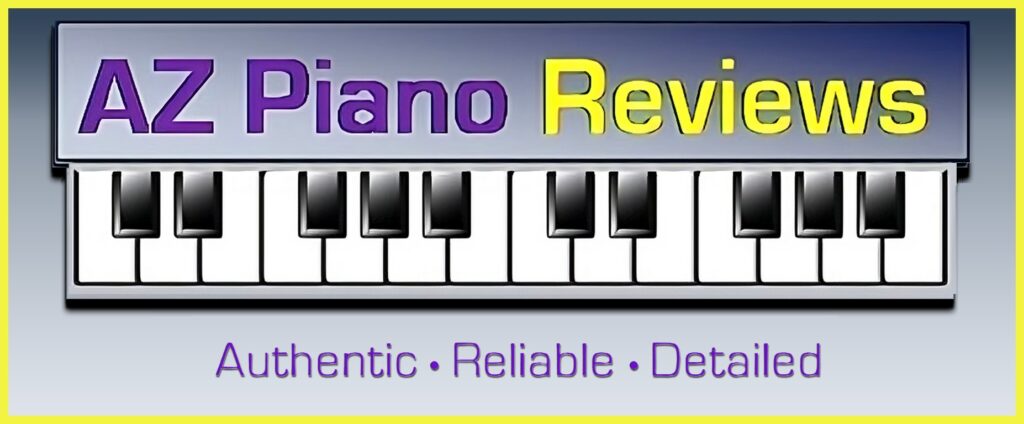










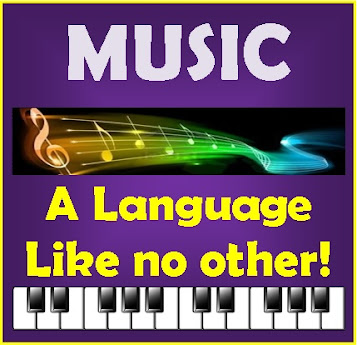
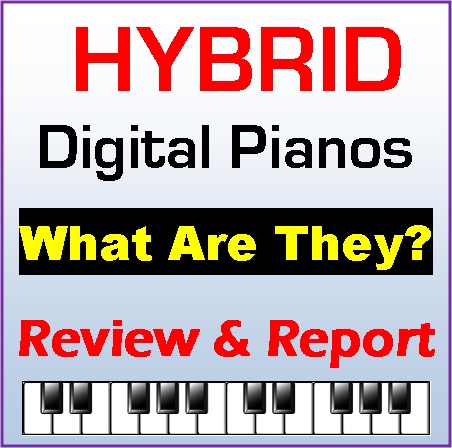
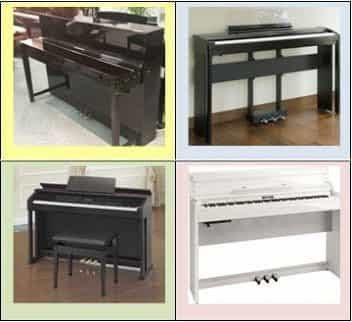
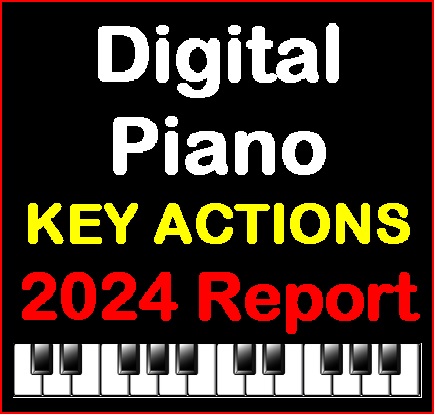
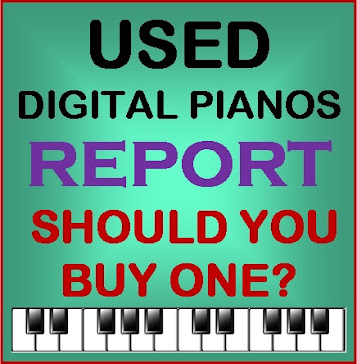
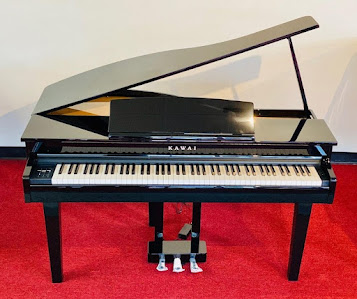
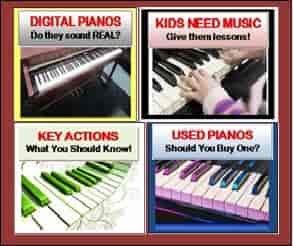
Thank you for such comprehensive reviews!!! Your blog is fantastic!
Thanks very much for your excellent blog – lots of the information here is putting my mind at rest!
Suzuki